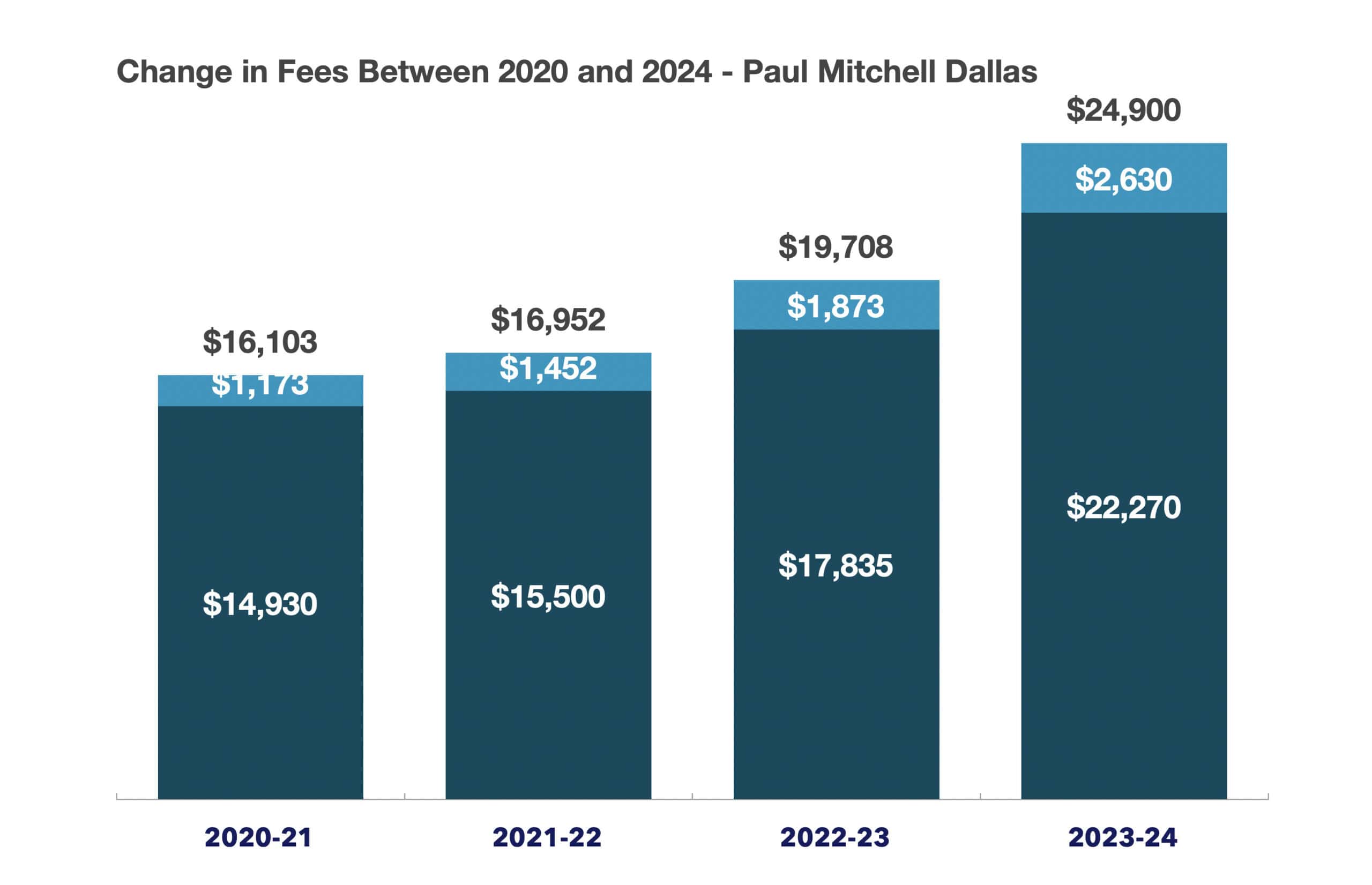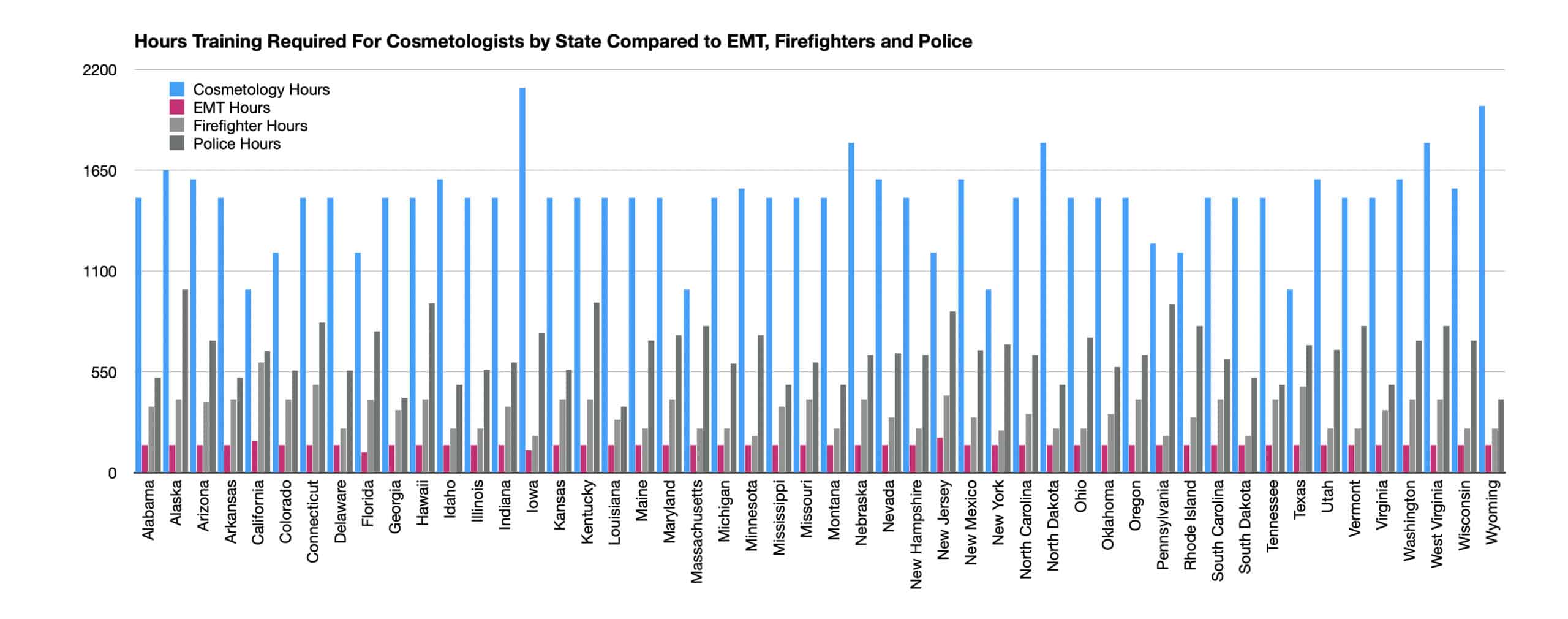Sometimes, well-meaning regulators can mess things up in a big way.
What happens when bad regulations and subsidies promote those bad choices?
Read on and let me know what you think.
“The economy needs thriving, job-creating small businesses, but excessive and ill-considered regulations too often get in the way of growth.”
Sam Graves
In the old days companies trained
I was the youngest of five.
We lived in a third-world country and did not have much growing up. Our one-room home did not have running water or electricity.
Our single mother knitted baby booties and hats, which she sold to any merchant who carried baby products. The sales were never regular, and as the only source of income, our diet and other expenses varied accordingly.
One day, a friendly merchant connected my mom to the Avon representative in town. It was a lucky break.
They liked my mom and trained her in door-to-door sales of cosmetics, hair care, and various products.
Her sales never amounted to a steady income, but our financial situation improved considerably.
Founded in 1886, Avon is today known as the pioneering beauty brand and direct sales company that has done the most for women, particularly in third-world economies.
By paying for their training and teaching them direct sales, Avon gave millions of women financial independence and lifted them and their families out of poverty.
New Approach – charge you for training
Avon’s modern-day competitors have found a new, lucrative way to do business, taking advantage of bad regulations and subsidies to fatten their bottom line at the expense of women interested in cosmetology.
The biggest own schools
Aveda Institutes is owned by Aveda Corporation, a well-known beauty brand owned by Estee Lauder, the second-largest cosmetic company in the world. (1)
Paul Mitchell Schools is a network of over 100 cosmetology schools across the United States. It is owned by John Paul Mitchell Systems (JPMS), a manufacturer of professional hair care products and styling tools. JPMS also franchises salons around the world, which it provides with products and cosmetologists.(2)
Empire Education Group owns Empire Beauty Schools, one of the largest cosmetology school operators in the United States. Regis Corporation is one of the largest franchisers of salons, with over seven thousand worldwide. It is also a supplier of beauty care products used by consumers and professionals. Regis first merged its cosmetology education business with Empire Beauty Schools, and later sold its stake to Empire. Regis maintains a strategic employer of choice arrangement with Empire. (3)
Aveda, Paul Mitchell, and Empire are large operators of cosmetology schools in the United States that offer cosmetology training programs.
The programs are generally eligible for US and State government grants and loan subsidies. The program results in a certificate and typically requires 10 months to complete.
The results? Variable at best
Approximately 33% of students enrolled will not graduate in 15 months (the Department of Education measures completion as 150% of the length of the typical 10-month program).
The American Association of Cosmetology Schools says that the average tuition for the more than 1500 cosmetology programs is approximately $16 thousand. The average debt is roughly $9 thousand. (4)
They don’t tell you that these programs receive billions in aid, but produce subpar incomes, frequently nearing poverty wages for those who graduate.
The Institute for Justice says, “On average, cosmetologists earn around $26,000 a year—less than restaurant cooks, janitors, and concierges, occupations without burdensome state licensure or state-mandated education requirements.”(5)
The Schools benefit
Over 100,000 students are enrolled in these cosmetology programs, more than 90 percent of whom are female. While in the programs, they typically perform unpaid work in salons, which benefits both the salons and the schools.
Unlike my mother, these young women will borrow and pay the schools for their training. During the training, they will do work for these schools for which they receive no compensation. If they graduate and get a salon job or start their own business, they will have the privilege of using/selling their sponsored products. What a deal.
Oh, and by the way, more than 60% of the students in these programs receive a Pell grant, which goes to the school to subsidize their attendance. For some schools, those fees are significantly higher than the average mentioned earlier.
Its good business for the schools
The Paul Mitchell Dallas cosmetologist program is eight months long and over one thousand hours. Their most recent fee schedule for 2023-24 shows Tuition and Fees at $22,270 and Books and supplies at $2,630, for a total of $24,900. The total was $16,103 in 2020-21. (6) That represents a whopping 55% increase in three years.

The Paul Mitchell Dallas shows its current median graduate earnings as $28,693. The midpoint for certificate schools is $31,206.
Why does it cost so much to become a cosmetologist? Bad regulations
The answer is simple. All 50 states and Washington, D.C. require a minimum number of hours of training before one can receive a license to serve as a cosmetologist.
Those time requirements are theoretically driven by safety education, and vary from a low of 1,000 hours in California to a high of 2,100 hours in Iowa.
The current state requirements for cosmetology are 8 to 18 times higher than the requirements for emergency medical technicians in those states.
Look at the chart below.

They are multiples of hours required of firefighters and Police Officers in each of those states. Each of those other jobs is far more mission-critical than cosmetology, requiring critical training. Yet Cosmetology hours are dramatically higher.
Does the hourly requirement support a thriving cosmetology training industry?
Bad regulations require cosmetologists to attend programs that appear to enrich the institutions that deliver programs that coincidentally align with the state legislature requirements.
One study by George Washington University and Harvard University economists compared for-profit cosmetology programs that received subsidies with similar-length programs that did not. These schools had similar graduation rates. They found that the subsidized cosmetology schools charge higher tuition than their competitors, and the price difference is approximately the same as the federal aid dollars provided for each student. (7)
Conclusion
Imagine you had a child in one of these programs. They want a career, fulfillment in a skill, and a job.
They hand over their time and treasure, and the result is debt, lower pay than they could otherwise have received under different regulations.
Wouldn’t you be angry?
Here’s the killer question. Why do these states require these inordinate hours of training? Aren’t these skills that can be learned in an apprenticeship? Aren’t there some portion of these skills that should be licensed without $20,000 investment?
Think about it the next time you get a haircut or nails done. The toxic combination is rigged against these students.
What’s your take?
Reference Sources
- Aveda. (2024, July 30). In Wikipedia. https://en.wikipedia.org/wiki/Aveda
- “Who We Are.” Paulmkitchell.Edu. Paul Mitchell Schools, Accessed September 11, 2024. https://paulmitchell.edu/about-us.
- “Regis Announces Transaction With Empire Education Group.” Businesswire.Com. Business Wire, February 3, 2020. https://www.businesswire.com/news/home/20200203005147/en/Regis-Announces-Transaction-With-Empire-Education-Group.
- “American Beauty Schools Educating a Workforce for Tomorrow.” Myaacs.Org. American Association of Cosmetology Schools, October 1, 2022. https://myaacs.org/wp-content/uploads/2022/10/AACS_Cosmetology_Report_10-2022.pdf.
- Menjou, Mindy, Michael Bednarczuk Ph.D., and Amy Hunter. “Beauty School Debt and Dropouts.” Ij.Org. Institute For Justice, July 7, 2021. https://ij.org/report/beauty-school-debt-and-drop-outs/.
- “College Navigator – Paul Mitchell the School-Dallas.” Nces.Ed.Gov. National Center For Education Statistics, Accessed September 11, 2024. https://nces.ed.gov/collegenavigator/?id=224156.
- Stephanie Riegg Cellini and Claudia Goldin, “Does Federal Student Aid Raise Tuition? New Evidence on For-Profit Colleges,” American Economic Journal: Economic Policy 6, no. 4, (2014): 2, https://scholar.harvard.edu/files/goldin/files/does_federal_student.pdf.